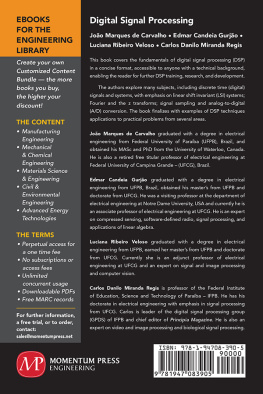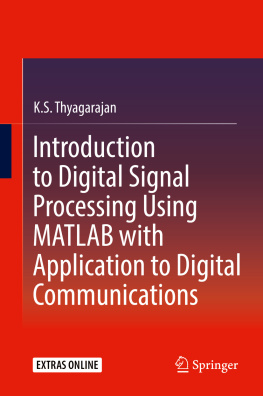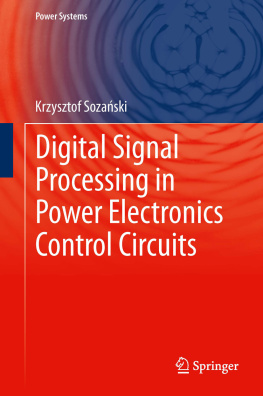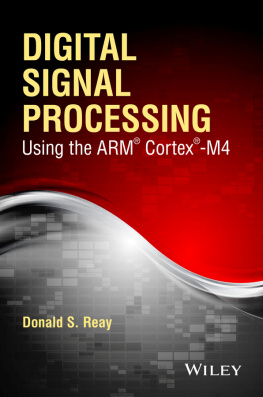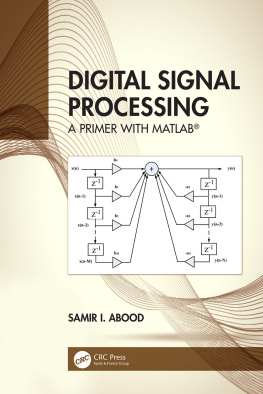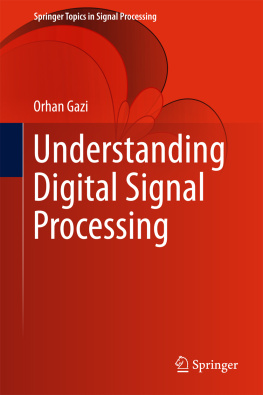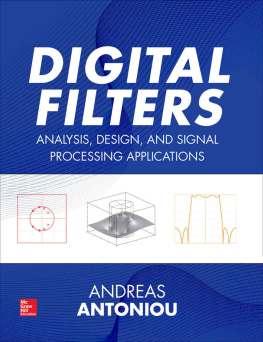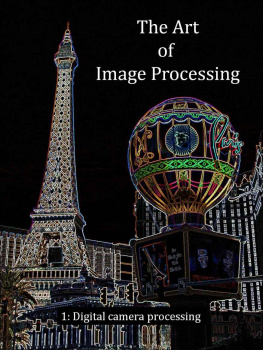Richard G. Lyons - The Essential Guide to Digital Signal Processing
Here you can read online Richard G. Lyons - The Essential Guide to Digital Signal Processing full text of the book (entire story) in english for free. Download pdf and epub, get meaning, cover and reviews about this ebook. year: 2014, publisher: Prentice Hall, genre: Science. Description of the work, (preface) as well as reviews are available. Best literature library LitArk.com created for fans of good reading and offers a wide selection of genres:
Romance novel
Science fiction
Adventure
Detective
Science
History
Home and family
Prose
Art
Politics
Computer
Non-fiction
Religion
Business
Children
Humor
Choose a favorite category and find really read worthwhile books. Enjoy immersion in the world of imagination, feel the emotions of the characters or learn something new for yourself, make an fascinating discovery.

- Book:The Essential Guide to Digital Signal Processing
- Author:
- Publisher:Prentice Hall
- Genre:
- Year:2014
- Rating:4 / 5
- Favourites:Add to favourites
- Your mark:
The Essential Guide to Digital Signal Processing: summary, description and annotation
We offer to read an annotation, description, summary or preface (depends on what the author of the book "The Essential Guide to Digital Signal Processing" wrote himself). If you haven't found the necessary information about the book — write in the comments, we will try to find it.
- How signal processing works: clear, simple explanations in plain English
- Breakthrough DSP applications: from smartphones to healthcare and beyond
- Covers both digital and analog signals
- An indispensable resource for tech writers, marketers, managers, and other nonengineers
The Complete DSP Guide for Businesspeople and Nontechnical Professionals
Digital signal processing (DSP) technology is everywhereeach time you use a smartphone, tablet, or computer; play an MP3; watch a digital TV or DVD; get GPS directions; play a video game; take a digital photo; or even have an MRI, DSP technology is at work.
Now, for the first time, The Essential Guide to Digital Signal Processing offers readers of all levels simple, plain-English explanations of digital and analog signals and modern DSP applications. Whether you sell technology, write about it, manage it, fix it, or invest in it, this is the book for you.
Using everyday examples and simple diagrams, two leading DSP consultants and instructors completely demystify signal processing. Youll discover what digital signals are, how theyre generated, and how theyre changing your life.
Youll learn all you need to know about digital signal collection, filtering, analysis, and more, and how DSP works in todays most exciting devices and applications.
Coverage includes
- How engineers understand and work with analog signal spectra and frequencies
- How digital signals are generated and used in modern electronic devices
- The surprising things that happen when analog signals are converted to digital form
- How (and why) engineers compute digital signal spectra with Fourier transforms
- What wavelets are and how theyre used everywhere, from medicine to the camera in your smartphone
- How digital filters are used in DSP applications
- Cutting-edge DSP applications, from automatic music-tuning software to medical EKG signal analysis
- A comprehensive glossary of signal processing terminology and acronyms
Youll gain a clear, conceptual understanding of all key signal processing operations and vocabulary. That means youll understand much of the magic built into todays newest devices, and youll be ready to succeed in virtually any nontechnical role that requires DSP knowledge.
Richard G. Lyons: author's other books
Who wrote The Essential Guide to Digital Signal Processing? Find out the surname, the name of the author of the book and a list of all author's works by series.

